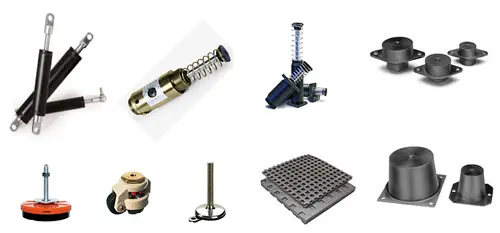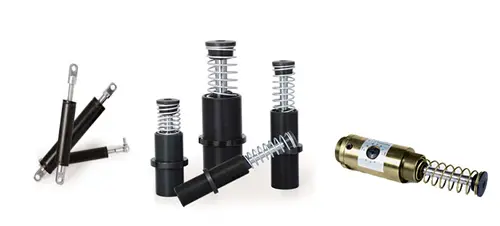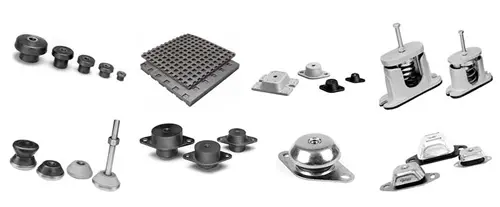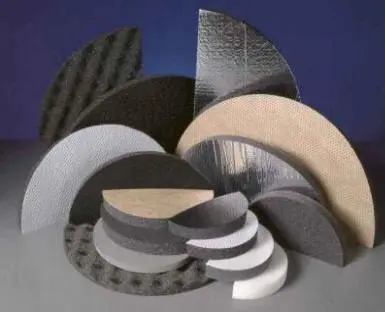Shock and Vibration Control
Universal Power Conversion, Inc. (UPC) has many types of Shock and Vibration Controls to help protect your equipment from destroying itself. How do you determine if you need Vibration or Shock protection?
Your Trusted Source for Superior Components
Looking for high-quality pneumatic, hydraulic, and automation components? Universal Power Conversion provides a broad range of products from trusted manufacturers for industrial, commercial, and OEM applications. Our team can help identify the right solution for any project. Contact us today to learn more about our product offerings or request a quote to start a custom order.Industries & Applications for Shock & Vibration Control
Shock and vibration control components are essential for protecting sensitive equipment, extending product life, and ensuring accurate operation in environments where motion, impact, or machinery vibration can cause damage or downtime. Universal Power Conversion supplies vibration mounts, shock absorbers, and acoustical materials suited for a wide range of industrial applications.Manufacturing & Industrial Automation
Used to stabilize automated machinery, conveyors, and production systems—minimizing noise and vibration for smoother, more accurate operation.Aerospace & Defense
Protect delicate instruments, avionics, and electronic assemblies from high-impact forces and environmental vibration during flight or testing.Automotive & Transportation
Reduce shock and vibration in vehicle engines, control systems, and suspension assemblies to improve reliability and operator comfort.Medical & Laboratory Equipment
Provide isolation for precision devices such as imaging equipment, diagnostic instruments, and testing platforms to ensure consistent performance and readings.Electronics & Instrumentation
Safeguard sensitive electronics, sensors, and control systems from vibration-induced damage or interference in both stationary and mobile setups.Energy & Utilities
Dampen vibration in power generation, compressor systems, and control panels to reduce wear and extend equipment service life.Understanding Vibration
Tech Products explains Vibration as a magnitude (force, displacement, or acceleration) that oscillates about a reference point. Vibration is commonly expressed in terms of frequency, cycles per second, or Hertz (Hz). Shock is normally classified as a transient phenomenon in contrast to vibration, which is normally a steady-state phenomenon. Shock isolation is considerably different from vibration isolation.Types of Vibration Problems
Vibration problems generally fall into two classes:- Force excitation: The isolator is used to protect the supporting structure from forces generated by the mass being supported. An example is the use of motor mounts in an automobile.
- Motion excitation: The isolator is used to protect the supported mass from disturbances of the supporting structure. An example is the use of mounts under a coordinate measuring machine.
How is Shock different from Vibration?
- Shock isolator stores the input energy by deflecting and then releasing that energy over a longer period of time. The energy is released at the natural frequency of the shock isolation system.
- Shock is normally de?ned by a pulse or a free-fall impact. Some typical pulse shapes are half-sine, triangular, rectangular and versed-sine.
Brands We Carry
We carry American Acoustical Products, Tech Products, Sunnex and Ace/Enertrols to help you with your vibration and shock dampening needs.
Contact UPC for Shock and Vibration Solutions
Contact UPC for more information about our Shock and Vibration Control.







